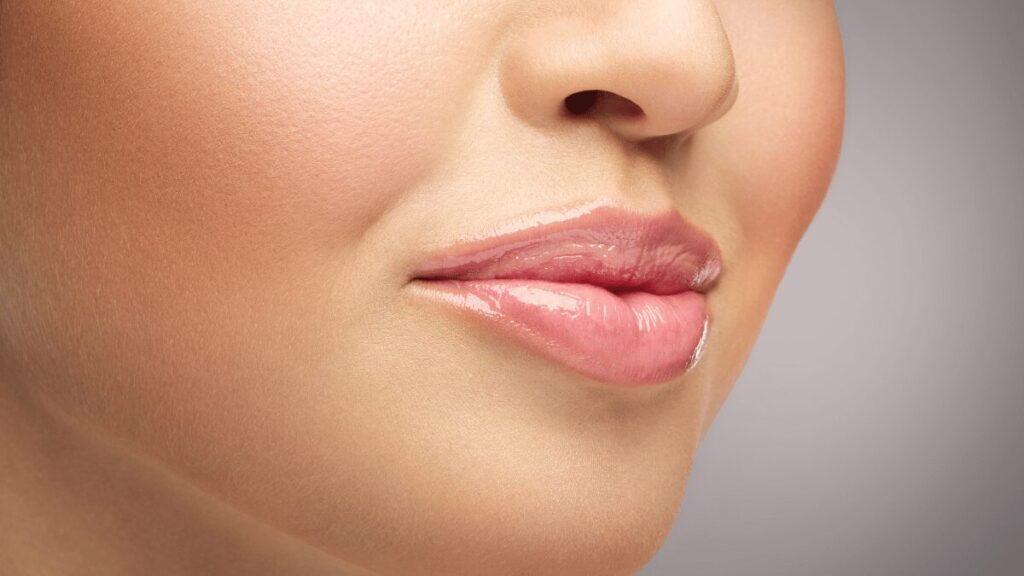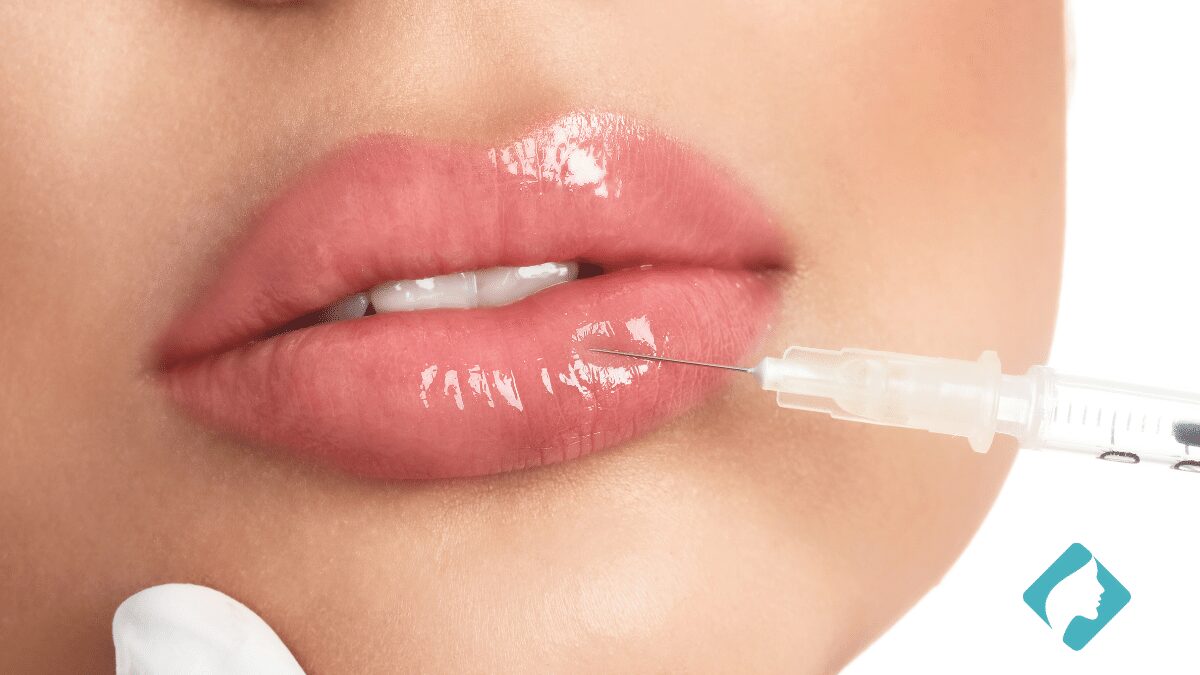Lip fillers have become one of the most sought-after cosmetic treatments for those looking to enhance their lip volume or shape. With their popularity continuously on the rise, it’s essential to understand the key aspects that contribute to the success of a lip filler procedure. A successful lip filler treatment doesn’t just hinge on the actual injection of the filler material; several crucial steps ensure patient satisfaction and the achievement of desired results. Leading experts in the field of aesthetics have outlined fundamental points to ensure the effectiveness and safety of lip enhancement procedures.
The Importance of Consultation
Consultation serves as the cornerstone of any successful lip filler treatment. This initial step is about much more than merely booking a procedure; it is an in-depth evaluation to assess if an individual is an ideal candidate for lip enhancements. During the consultation, practitioners must perform a thorough assessment that includes the patient’s medical history, aesthetic goals, and any potential risks or contraindications. Tailoring the lip filler approach to the unique contours and symmetry of each individual’s lips is pivotal to achieving a natural-looking outcome. This personalized strategy reinforces the significance of the consultation stage, ensuring that patient expectations are aligned with what can realistically be accomplished.
Listening to Patient Desires
The second point stresses the necessity of listening to the patient’s wishes. Understanding the aesthetic desires of the patient is central to delivering a satisfactory outcome. It is the practitioner’s responsibility to listen attentively to their patient’s expectations and preferences regarding lip volume, shape, and overall appearance. They must be adept at translating these requests into a treatment plan that observes the natural harmony and balance of the patient’s facial features. Patients seek out lip fillers to feel more confident and contented with their appearance, thus a listening ear and a keen understanding of individual desires are paramount. Effective communication between the professional and the patient sets the foundation for a successful lip filler experience and helps mitigate any misunderstandings about the end result.
Through careful consultation and active listening, practitioners can tailor each lip filler treatment to meet the needs and hopes of the patient. This personalized approach not only ensures client satisfaction but also preserves the integrity and safety of cosmetic treatments. Remember, a successful lip filler procedure is a blend of medical expertise, aesthetic judgment, and clear communication.
Matching Product to Patient Needs
The third critical factor in achieving a successful lip filler treatment is the selection of the appropriate product. The characteristics of the lip filler used can significantly impact the final outcome and longevity of the treatment. It is important for practitioners to have a comprehensive understanding of the different types of fillers available and to choose one that aligns with their patient’s expectations and the intended effects.
Lip fillers, usually based on hyaluronic acid, come in various densities, which can determine how they interact with the patient’s natural tissue. For instance:
- Thicker fillers are ideal for creating more pronounced volume and defining the lip borders. However, if used inappropriately, they can lead to an unnatural, overfilled appearance, which may not satisfy a patient looking for a subtle enhancement.
- Softer, more fluid fillers offer a more natural feel and are often preferred for patients desiring a modest increase in volume or smoothing out fine lines around the mouth. These fillers might be less durable, which requires setting appropriate expectations regarding the need for more frequent touch-ups.
Each type of product has its niche in the spectrum of desired outcomes, from a dramatic increase in volume to a subtle rejuvenation of the lip area. It is the responsibility of the professional to recommend the most suitable product based on the patient’s unique lip anatomy and personal aesthetic goals.
Technical Skill and Aesthetic Sense
The expertise of the individual performing the lip filler treatment is just as important as the product chosen. An experienced practitioner should possess a combination of technical skills and an aesthetic eye. The application technique plays a vital role in the distribution and integration of the filler within the lip tissue. Practitioners must understand the intricacies of lip anatomy, the amount of filler to use, and the injection points that will deliver the most harmonious results.
For instance, skilled injectors know that placing filler in the vermillion border will sharpen and define the lip edges, while injections into the body of the lip can increase volume and pout. They should also be mindful of the balance between the upper and lower lip to maintain proportionate sizing that is in line with the patient’s facial structure.
The good technique also involves ensuring patient comfort during the procedure by applying topical numbing creams or using fillers with integrated anaesthetics. This aspect of the treatment can influence the patient’s overall experience and their willingness to return for future procedures.
Understanding Possibilities and Limitations
Finally, it is incumbent upon both the practitioner and patient to embrace a realistic perspective on the potential results of lip fillers. While a patient might have lofty aspirations for their lip augmentation, the practitioner has to clarify what is attainable. They must guide patients in understanding the balance between their desired outcome and what can be naturally and safely achieved with lip fillers.
Often, the best approach is incremental, starting conservatively and possibly building up to the preferred volume over multiple sessions. This strategy not only minimizes the risk of complications and over-filling but also gradually acclimates the patient to their new look, which can help in avoiding the shock of a sudden change.
In summary, successful lip filler treatments are the result of meticulous planning, a clear understanding between patient and practitioner, skilled execution, and the judicious choice of filling products. They are as much about sculpting a beautiful and natural result as they are about ensuring that the procedure enhances the patient’s confidence and satisfaction with their appearance.
Personalised Techniques for Diverse Lip Anatomies

Given the diversity in lip shapes and structures, practitioners cannot adopt a one-size-fits-all approach when injecting fillers. Each treatment must be tailored to the patient’s anatomy, which refers to the muscles and soft tissues that make up the lip. The varying thickness of the skin, muscle activity, and the lip’s natural contour all influence how the filler integrates and settles.
To address the monatomic differences:
- Targeted placement is crucial to adapt to the unique architecture of each lip. By carefully considering muscle movement and the natural shape of the lips, injectors can enhance results while maintaining the functional aspect of the mouth.
- Customized injection techniques play a role in addressing specific desires or concerns. For example, a patient who wants to correct asymmetry may require a different injection strategy than someone looking to simply augment volume.
- Volume control is also an essential consideration, as too much filler in the wrong area can lead to stiffness and unnatural movement, while too little may result in an underwhelming outcome.
Understanding the diversity of lip anatomy not only helps in achieving the desired aesthetic but also in ensuring that the lips remain expressive and true to the patient’s characteristic features.
Emphasizing Aftercare for Optimal Results
Not to be overlooked in the process of enhancing lips with fillers is the significance of proper aftercare. Adequate aftercare can considerably influence the healing process and the longevity of the filler. After the treatment, the practitioner should provide detailed instructions on how to care for the lips to avoid complications such as swelling, bruising, and infection.
Key aftercare recommendations include:
- Minimizing strenuous activities to reduce the risk of increased swelling and bruising.
- Keeping hydrated and avoiding extreme temperatures can help with the healing process.
- Avoidance of oral irritants, such as spicy foods or alcoholic beverages, which could exacerbate swelling or lead to discomfort.
- Sleeping with the head elevated for the first few nights to mitigate swelling.
Patients should also schedule follow-up appointments to allow the practitioner to assess the healing process and the integration of the filler. This is an opportunity to address any concerns that may arise and to make adjustments if necessary.
Building a Trusting Relationship
The journey to achieving the perfect pout does not end with the procedure itself. It is fostered through an ongoing relationship between practitioner and patient centred on trust and clear communication. The practitioner’s role extends beyond the treatment room to include providing reassurance, support, and guidance during the recovery phase.
By prioritizing patient education and involving patients in both the treatment and aftercare processes, medical professionals can help ensure satisfaction and build a foundation for future treatments. The ultimate goal is to have patients who not only feel confident about their enhanced appearance but are also well-informed about maintaining their lip health and beauty over time.
Continuous Care and Long-term Maintenance
After the initial healing period, the focus shifts to the maintenance of the lips’ appearance and health. Continuous care is key in promoting the longevity of lip fillers and preventing premature degradation of the product.
To sustain the effects of the lip enhancement treatment, patients should be advised on:
- Regular use of lip moisture products such as hydrating balms or serums, which help to keep the lips supple and enhance the overall appearance.
- Protection from the sun by using lip products with SPF can prevent collagen breakdown and pigment changes caused by UV exposure.
- Gentle exfoliation to remove dead skin cells and maintain the smooth texture of the lips, while being careful not to aggravate the treated area.
- Retreatments or touch-ups as suggested by the practitioner to maintain the desired volume and shape of the lips. These should be planned according to the individual’s metabolism and the type of filler used.
Monitoring the condition of lip enhancements over time enables the practitioner to make slight adjustments or recommend supplementary treatments that can benefit the overall aesthetic result. By staying attentive to changes in the lips and surrounding tissue, potential issues can be addressed before they become more prominent.
The Importance of Skilful Injector Choice
The choice of a skilled and experienced injector is a pivotal decision for a patient seeking lip filler treatments. A qualified practitioner will not only be adept at performing the procedure but will also be able to anticipate and manage any complications that may arise.
Elements to look for in an injector include:
- Qualifications and continuous education in the field of aesthetic treatments to ensure they are up-to-date with the latest techniques and products.
- Aesthetic eye for achieving balance and harmony with the patient’s facial features.
- Positive track record with patient testimonials and before-and-after galleries.
- Transparent communication about realistic outcomes, potential risks, and the specifics of the recommended treatment plan.
Investing time into finding the right medical professional is an integral part of the lip enhancement journey and contributes significantly to overall satisfaction with the results.
Practitioners should also encourage open dialogue and regular check-ins with patients to adapt to any changes in their aesthetic goals or to address natural ageing processes that may affect the appearance of the lips. This long-term approach can help in maintaining a consistent and pleasing look and ensures that the approach to lip enhancement evolves along with the patient’s preferences and needs.








